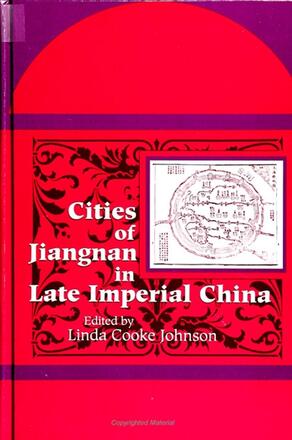
Cities of Jiangnan in Late Imperial China
Alternative formats available from:
Description
This book examines cities of the Jiangnan region of south-central China between the twelfth and nineteenth centuries, an area considered to be the model of a successfully developing regional economy. The six studies focus on the urban centers of Suzhou, Hangzhou, Yangzhou, and Shanghai.
Emphasizing the regional focus, the authors explore the interconnections and sequential relationships between these major cities and analyze common themes such as the development of handicraft industry, transport and commerce, class structure, ethnic diversity and internal immigration, and the social and political pressures generated by developments in manufacturing, taxes, and government politics. The book provides a valuable resource on commercial development and internal economic and social development in pre-modern China, particularly on specific regional development and the historical role of traditional Chinese cities.
Linda Cooke Johnson is Associate Professor in the Department of History at Michigan State University. She is the author of The Great Scheme for Commercial Intercourse: The Chinese, the British, and the Opening of Shanghai, and The Creation of a Pre-Colonial Port City: Shanghai 1730-1850.
Reviews
"This book creates a strong cumulative sense of what cities in this region were like socially and culturally in addition to showing the cities' economic and political functions. That is, the chapters, in combination with the editor's preface and William T. Rowe's introduction, add up to a very strong, coherent work. There is a wealth of detail and a number of lovely anecdotes as well as a very serious concern for larger social science issues like regional economic geography, 'internal colonialism,' and the relationship between urban development and civic and political consciousness.
"Some portions, like Susumu Fuma's account of the political career of Ding Shiqing, are absolutely riveting. Others like Antonia Finnane's portrait of Yangzhou culture are wonderfully evocative. But in every case, even when rather complex and demanding (of the reader) arguments are being made concerning economic or administrative issues, the writing is clear, forceful, and rewarding. The authors have not only provided new case studies but have done so through an admirable up-to-date survey of the relevant literatures on such subjects as Chinese urban history and comparative urban development." — David Strand, Dickinson College